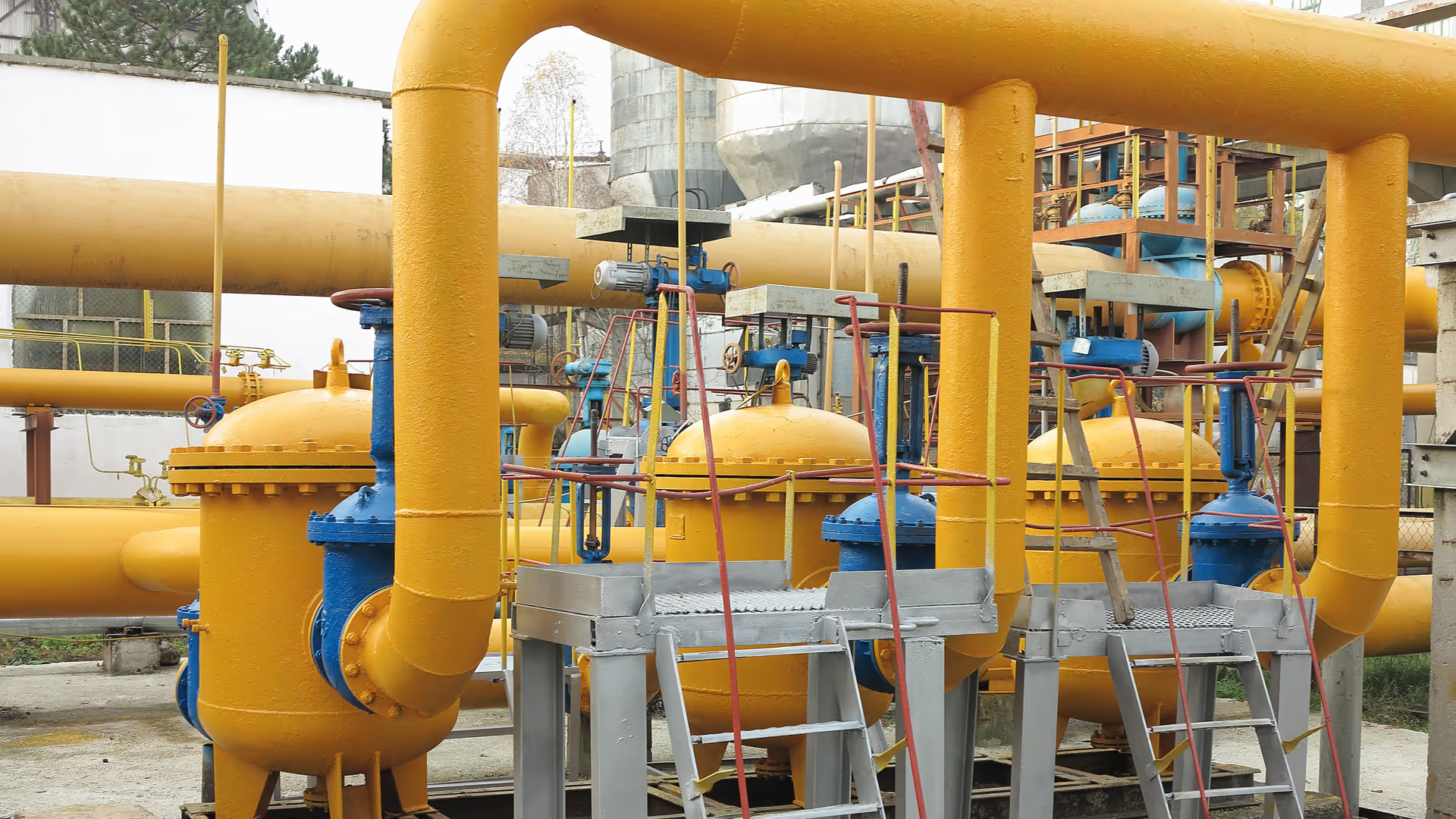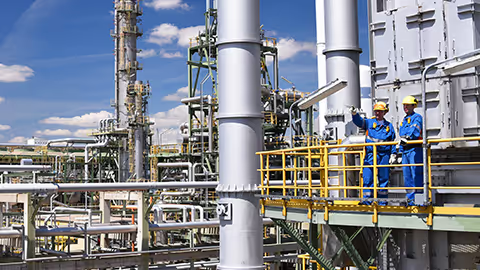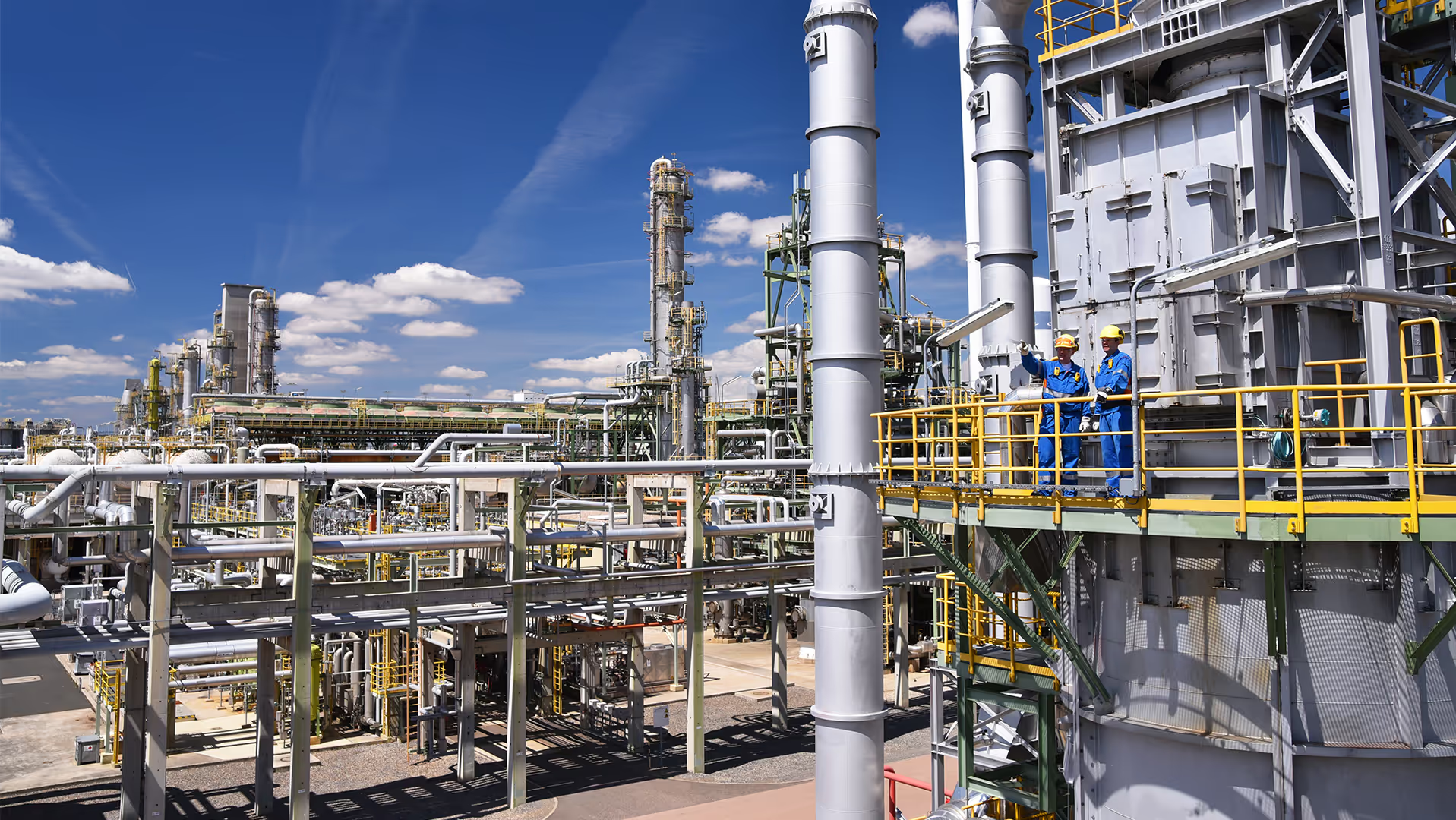If you came to World Hydrogen Congress in Copenhagen on 1st - 2nd October you might have met us at our stand. If so, you probably saw a model of an electrolyser stack wrapped in carbon fibre-reinforced polymer and wondered, what is that and why?
The answer is that this concept could address one of the problems impeding the rapid expansion of green hydrogen.
The promise of green hydrogen
Approximately 95 per cent of hydrogen used today is “grey” hydrogen1 made from fossil fuel sources such as steam methane reformation. Producers depend on it to make ammonia-based fertilisers, for growing food and for other chemicals – but as the world decarbonises in line with ambitious climate goals, it’s unsustainable.
Green hydrogen, made via electrolysis of water powered by renewables, is therefore a critical piece of the decarbonisation jigsaw. This zero-carbon hydrogen can be used for industrial applications, as an input for green chemical processes, and as a fuel for hard-to-electrify applications like trucking and shipping. But, with such a small percentage of hydrogen currently being derived from electrolysis, green hydrogen production needs to be massively scaled up.
There’s one big factor preventing this: cost. Despite the falling cost of renewables, hydrogen is cheaper to produce from natural gas. Until the cost of green hydrogen falls to a competitive level, consumers of hydrogen will continue to rely on the grey hydrogen market.
The cost of compression
A significant cost driver for electrolyser plants is the capital cost and energy cost associated with hydrogen compression, which is essential for efficient storage, transport, and downstream uses.
Traditional electrolyser stacks operate at pressures of up to 35 bar. A secondary mechanical compression step is required to raise the pressure required for storage and transportation.
There is therefore interest in moving towards operating electrolyser stacks at higher pressures to reduce the cost of hydrogen production. However, this would require the internal sealing interfaces and membranes within the stack to be designed for high-pressure operation, increasing CAPEX and likely compromising performance.
Inspiration from an adjacent industry
The concept shown above could eliminate the cost of mechanical compression without further complicating the stack design.
It takes inspiration from a solution used at scale in a different industry. As TTP works across many industries, we spot opportunities for elements common in one industry to be cross-fertilised and developed to solve a problem in another.
Our idea is to wrap the electrolyser in a high-pressure vessel of carbon fibre-reinforced polymer, which is typically used for high pressure hydrogen storage tanks in the automotive industry.
This would allow the electrolyser stack to run at elevated pressures with minimal changes to the stack design while removing the need for mechanical compression. At a hydrogen fuelling station, for instance, where 100’s bar of delivery pressure are required, relatively small, pressurised stacks could negate the need for power-hungry mechanical compressors.
Our idea aims to reduce the total cost of hydrogen production by removing the need for expensive compressors with the attendant high maintenance requirement. By virtue of being wrapped up and pressurised from the outside, the electrolyser stack would operate at high pressure with minimal differential pressure between the inside and the outside of the stack. This relatively even pressure distribution would reduce stress on sealing interfaces and membranes despite the much higher operating pressure.
At present, this is not a fully proven-out concept. We recognise that issues such as increased hydrogen crossover, high-pressure oxygen management and size limitations may require further creative solutions to be able to realise the benefits of this concept.
A step to scaling up green hydrogen
We have submitted a patent application and are looking forward to partnering with others to develop it into a solution for the market.
Scaling up green hydrogen infrastructure is a vast challenge which calls for new ideas and out-of-the-box thinking and innovative solutions to bring down costs. We’re proud to be developing these innovative solutions – both our own and for our clients – using our expertise in CFD modelling, electrochemistry and DFMA, testing them, and making them a reality.
References
[1] https://www.irena.org/Energy-Transition/Technology/Hydrogen [accessed 24-09-2024]







.avif)



